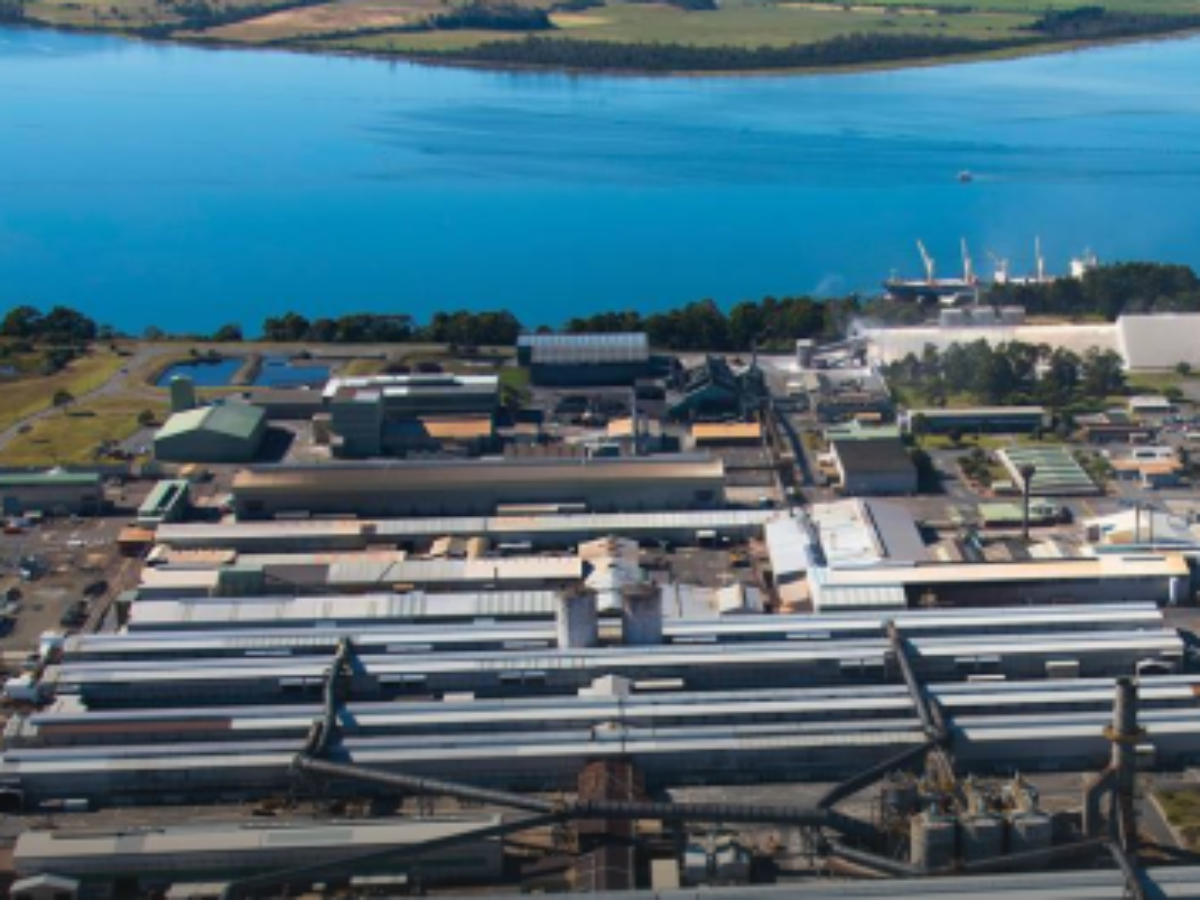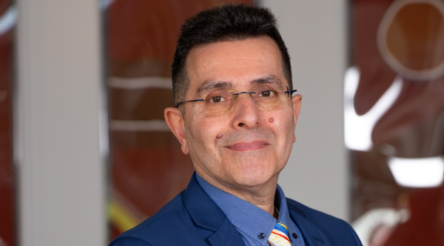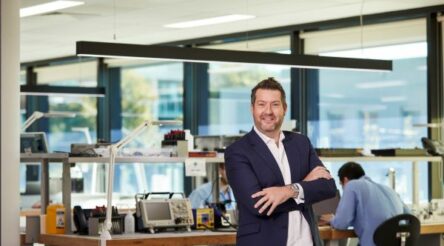Cable to Tassie is great, but what about manufacturing opportunities?

By Peter Roberts
Governments both state and federal are rightly crowing at the announcement of a new electric transmission cable to be laid from hydro-rich Tasmania to Victoria, boosting connectivity and energy security as mainland coal fired power stations continue to reach the end of their lives.
The Marinus Link will now progress towards a planned 2024 investment decision with the first 750MW connection in place by 2028-29 and the second 750MW by 2030-31.
All well and good, but where are the cables going to come from?
The US has realised the opportunity with the opening Nexan’s new subsea cable manufacturing plant in North Carolina, and the UK’s JDR has been given the greenlight for to manufacture for the UK’s cable rollout.
What is happening in Australia?
We shouild be world leaders and service the Pacific and our region.
We can compete on the world scale with green aluminium production of the highest quality and like the Marinus link it is right there in Bell Bay Tasmania, with hydro powered green aluminium and a deep-water port.
That is what any smart country would do with this and numerous other new electrical transmission projects underway across the country.
Consider just one – SunCable plans vast solar PV arrays in the Northern Territory and electric cables to Singapore – more than 4,200 kilometres at least.
Yet, just like the Bass Link the cables look right at this moment as if they will be imported.
Local manufacturing of HVDC cable needs to be more in the picture right now – electricity cables are a huge Australian manufacturing opportunity we just can’t afford to pass up.
This is at a time when every other country is also deploying new electric transmission cable for their own projects to decarbonise their economies.
Again, we risk being at the bottom of the cable supply chain and paying top dollar and experiencing long lead times if we do not grasp the opportunity.
Fortunately, one answer to this question already exists in Tasmania itself.
Rio Tinto’s Bell Bay aluminium smelter is in the box seat to be the basis of Australian made low carbon cable, both for our own use and for export.
Direct extrusion of aluminium cable at Bell Bay should be a national priority.
Right now as Australia decarbonises electricity generating, we are seeing Australian aluminium moving from one of the most polluting to one of the greenest metals on the planet.
Aluminium is emerging as a massive onshore processing opportunity for the country.
So let’s start by making electric cable again.
Picture: Rio Tinto/Bell Bay Aluminium
@aumanufacturing Sections
Analysis and Commentary Awards Defence Manufacturing News Podcast Technology Videos










